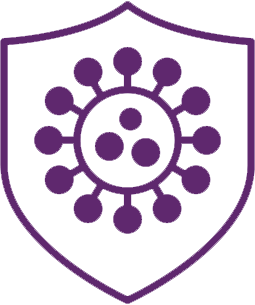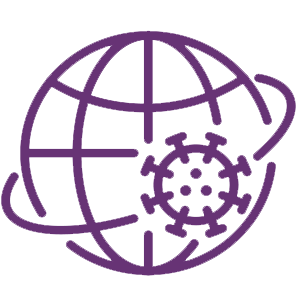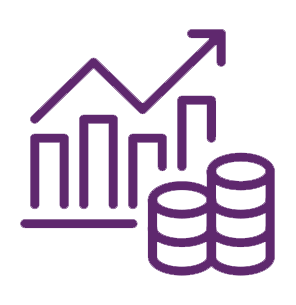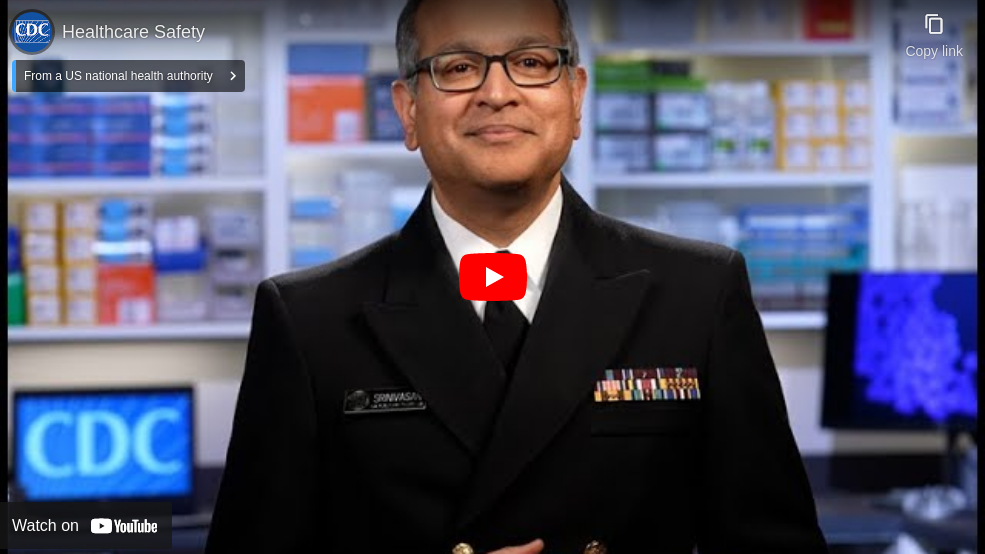Healthcare Safety
National Healthcare Safety Network: The nation’s watchdog for healthcare safety
Over the years, we have made great progress increasing the use of the National Healthcare Safety Network (NHSN) across most healthcare facilities, including hospitals, nursing homes, dialysis facilities, and ambulatory surgical centers. NHSN is the nation’s tracking and response system that identifies emerging and enduring threats across healthcare facilities, including healthcare-associated infections (HAIs), antimicrobial-resistant (AR) infections, antibiotic use, and emerging diseases like COVID-19. NHSN allows healthcare facilities to track important measures, such as how many healthcare staff have gotten flu shots and how well facilities are controlling infections. In January 2022, CDC achieved an incredible milestone of enrolling more than 38,000 U.S. healthcare facilities.
NHSN has allowed us to further drive quality improvement and enhance patient safety by enabling healthcare facilities and health departments to track, report, assess gaps, and take actions to address a range of urgent health threats. Federal partners, such as the Centers for Medicare and Medicaid Services (CMS), rely on NHSN data as they perform their regulatory functions. NHSN is also a best buy, saving millions of dollars in annual CMS payments. HAIs are often preventable and cost billions of dollars in annual healthcare expenses. Using NHSN data to drive healthcare improvement efforts ultimately saves money and lives.

Arjun Srinivasan, MD (CAPT, USPHS) Deputy Director for Program Improvement, Division of Healthcare Quality Promotion
“NHSN is a best buy for public health, healthcare improvement, and emergency response. NHSN data-driven quality improvement efforts have saved millions of dollars in annual CMS payments and have reduced illness and mortality rates across healthcare settings each year. With NHSN data, we have reduced healthcare costs, improved healthcare quality, and saved lives.’’


38,000+ facilities use NHSN to track and stop infections.

In 2020, CDC quickly adapted NHSN to track information for the U.S. COVID-19 pandemic response.

NHSN data have contributed to saving CMS millions of dollars
in payments every year.
The data have also been used to improve healthcare quality and address health and healthcare inequities. During the COVID-19 pandemic, for example, NHSN data helped ensure nursing homes received necessary vaccines and supplies and used prevention control measures. The Federal Office of Rural Health Policy uses this information to monitor the effectiveness of its Medicare Beneficiary Quality Improvement Program for critical access hospitals, which serves disproportionately affected populations in rural areas.
Unfortunately, NHSN data have also shown substantial increases in rates of HAIs and AR infections during the pandemic, reversing several years of steady progress. The pandemic pushed healthcare facilities, health departments, and communities to their breaking points—leading to increased antibiotic use and difficulty following infection prevention actions, resulting in more HAIs and AR infections in U.S. hospitals. We continue to work with partners to drive these infection rates back down to pre-pandemic levels. For example, one rural Georgia area recently experienced an unusual spike in Candida auris (C. auris) infections, a fungus often resistant to multiple antifungal drugs that causes outbreaks in healthcare settings. Using NHSN data, Georgia Department of Health staff compiled a list of healthcare facilities with the highest burden of C. auris cases. Georgia’s HAI/AR Program contacted these facilities, confirmed the outbreak, and launched a response. Georgia tracked the success of their efforts by monitoring C. auris cases reported to NHSN. This response highlights how NHSN data can be used to quickly identify unusual increases in HAIs and AR infections, improve patient safety, and save lives.
Making healthcare safer starts with having reliable and robust data. NHSN data are key to reducing infections, monitoring healthcare system capacity, and stopping the spread of emerging and enduring threats.
CDC will continue improving NHSN by automating reporting and supporting efforts to get actionable data faster. These improvements will allow NHSN to collect urgent data during emergency responses, better understand populations disproportionately affected by HAIs, and serve as a leading U.S. government national healthcare data hub.
